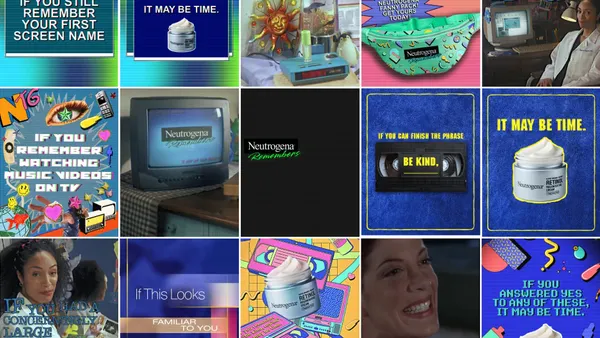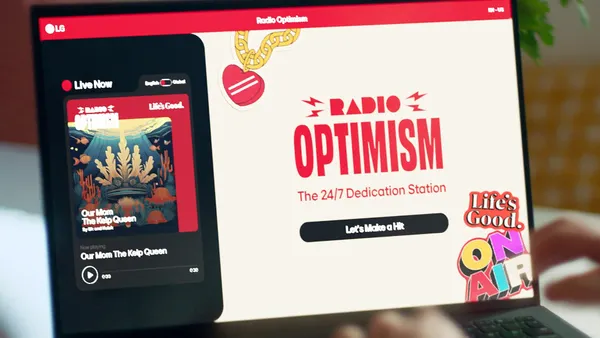Dive Brief:
- Cosmetics brand Coty is revamping its ad-tech and digital media unit Beamly, according to an Adweek story that cites a company spokesperson confirming the development. The move follows the recent departure of Beamly CEO/digital and media officer Jason Forbes.
- Although the exact nature of the restructuring is not yet clear, it will involve moving the unit's digital media services to Publicis' Zenith, Coty's lead media agency.
- Coty is in the midst of a turnaround strategy designed to create a streamlined operation, and the restructuring of the internal ad-tech and digital media arm is part of this broader effort, the spokesperson told Adweek.
Dive Insight:
While in-housing has become increasingly popular among brands, the Coty news is the latest development to show that it isn't always clear sailing for brands when they reduce their reliance on outside agencies.
Coty, whose products include CoverGirl, Rimmel cosmetics, OPI nail polish and Gucci fragrances, purchased the London-based Beamly in 2015 to boost its in-house creative and analytics resources. Beamly's services include the creation of shareable social content, optimization of advertising and analytics that scans content to determine the most appropriate way to describe a brand or topic. The decision to restructure the unit and move media responsibilities over to its agency partner reflect the challenges inherent in managing the complex and evolving ad-tech and digital media landscape.
Some brands have dissembled their in-house agencies because of changing needs. Intel, for instance, did so last year when it decided to focus more on B2B and less on consumer marketing. Its in-house Agency Inside was created in 2014.
Nestlé recently introduced an approach that tries to bridge in-housing with traditional agency partnerships. It created an internal team that brings together tech and media experts from its agency partners, but is led by internal executives.
These moves are supported by recent research from the ANA with the Boston Consulting Group and legal counsel Reed Smith. Released last summer, the findings reported 44% of in-house agencies are struggling to find top talent, 37% have difficulty in applying key marketing processes and 19% have creative tension issues.
Some observers point to the debacle of the Pepsi ad with reality show star Kendall Jenner a few years ago, as an example of insular thinking that could have been reinforced by the brand's use of an in-house agency.
Despite these examples, the in-housing trend continues to gain steam in part because tractional agencies have struggled with their own issues around integrating digital technology and transparency in their fees. A study last year by Forrester and the In-House Agency Forum found that the number of advertisers with in-house agencies had increased to 64% from 42% a decade ago. Thirty percent of the surveyed 325 companies didn't have internal agencies.
The top motives cited for in-housing were cost effectiveness and speed, although Roger Hyde, who manages AT&T's in-house agency for mobility and entertainment, has said that another motive was performance improvement.
Marketers are likely to continue to debate the relative benefits and challenges of in-housing going forward as they look for ways to optimize their marketing efforts in an increasingly digital world.











